Breaking News


Popular News


Explore the future of 6G technology, its potential applications, and impacts on different industries. Learn about current challenges with 5G networks and predictions for 6G development.Are you ready to take a leap into the future of technology? The arrival of 6G technology is just around the corner, and it promises to revolutionize the way we connect and communicate. In this blog post, we will delve into the fascinating world of 6G technology, exploring its potential applications, the impact it will have on various industries, and the current challenges faced by 5G networks. We will also take a closer look at the predictions for 6G development, offering you valuable insights into what the future holds for this groundbreaking technology. Whether you’re a tech enthusiast, a business owner, or simply curious about the next big thing in the tech world, this blog post will provide you with a deeper understanding of the 6G white paper and the incredible possibilities it presents. So, sit back, get ready to be amazed, and let’s explore the future of connectivity together.
Contents
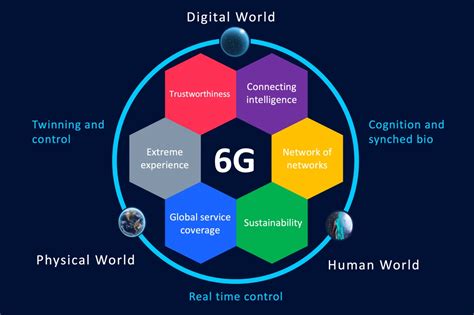
As we continue to witness rapid advancements in technology, the telecommunications industry is in the process of transitioning from 5G to the next generation of wireless technology, known as 6G. This impending shift has generated significant interest and speculation among experts, as they attempt to comprehend the potential implications and capabilities of this innovative technology.
The development of 6G technology is poised to revolutionize the way we interact with and utilize wireless networks, with the potential to vastly surpass the capabilities of its predecessor, 5G. With lightning-fast speeds, virtually zero latency, and increased capacity, 6G has the potential to unlock a whole new world of possibilities for various industries and applications.
Experts predict that 6G technology will not only improve and expand upon the capabilities of 5G but could potentially enable groundbreaking advancements in fields such as artificial intelligence, augmented reality, and the internet of things. The widespread integration of 6G technology may pave the way for transformative changes in how we communicate, work, and interact with our environment.
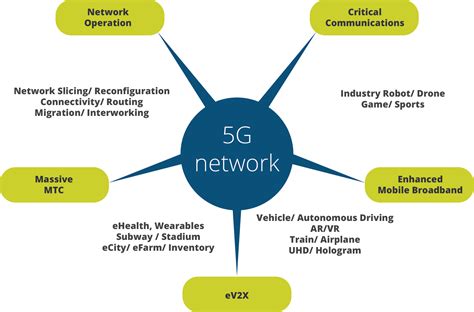
As the world eagerly anticipates the arrival of 6G technology, it’s important to address the current challenges with 5G networks. One of the main challenges is the limited coverage and connectivity issues. Despite the promises of ultra-fast speeds, 5G infrastructure is still not widely available in many regions, leaving consumers frustrated with inconsistent network performance.
Another significant challenge is the high cost of 5G deployment and maintenance. Building a nationwide 5G network requires massive investments in infrastructure, which can be a barrier for telecom companies. Additionally, the complexity of integrating 5G technology with existing networks poses another obstacle, as it requires meticulous planning and resources to ensure a smooth transition.
Furthermore, security concerns have heightened as 5G technology becomes more prevalent. The interconnected nature of 5G networks creates vulnerabilities that could be exploited by cybercriminals, leading to potential data breaches and privacy issues. Addressing these challenges is crucial for the successful implementation of 5G networks and laying the groundwork for the future of wireless technology.
| Challenges with 5G Networks |
|---|
|
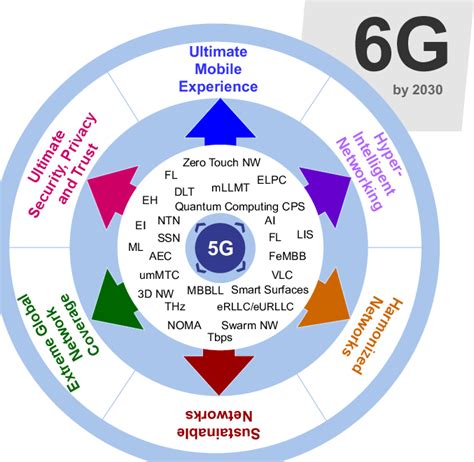
In recent years, the advancements in 5G technology have been a major topic of discussion within the tech industry. As we continue to push the boundaries of what is possible, it’s only natural to start thinking about what the future may hold. With that in mind, predictions for 6G development have begun to emerge, offering a glimpse into the potential capabilities of the next generation of wireless technology.
One of the most widely discussed predictions for 6G is the potential for even faster connection speeds and lower latency. As we continue to demand more data at our fingertips, the need for quicker and more reliable connections will only grow. With 6G, we could see speeds that surpass what is currently possible with 5G, allowing for real-time interactions and data transfer on an unprecedented scale.
Additionally, predictions for 6G development also include advancements in AI and machine learning integration. By harnessing the power of artificial intelligence, 6G may be able to adapt to user behavior and environmental factors in real time, creating a more personalized and efficient wireless experience. This could revolutionize the way we interact with technology, opening up new possibilities for automation and interconnected devices.
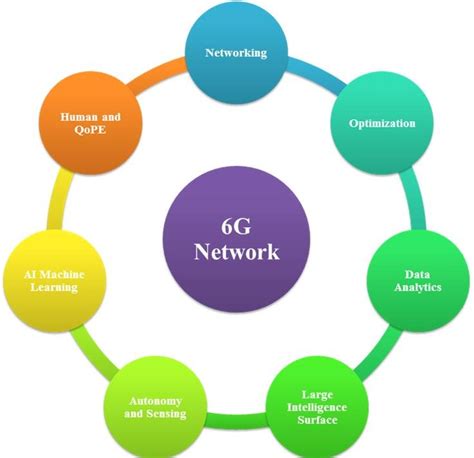
As 6G technology continues to develop, the potential applications of this cutting-edge technology are endless. From ultra-reliable and low-latency communications to holographic telepresence, 6G has the potential to revolutionize various industries and sectors.
One potential application of 6G technology is in the healthcare industry. With its ultra-reliable and low-latency communications, 6G networks can facilitate remote surgeries and medical consultations, bringing healthcare to underserved areas and improving patient outcomes.
Another potential application of 6G technology is in the transportation sector. With its high-speed and high-capacity networks, 6G can enable seamless vehicle-to-vehicle communication, leading to safer and more efficient transportation systems. Furthermore, the integration of 6G with autonomous vehicles and smart infrastructure can potentially revolutionize public transportation and urban mobility.
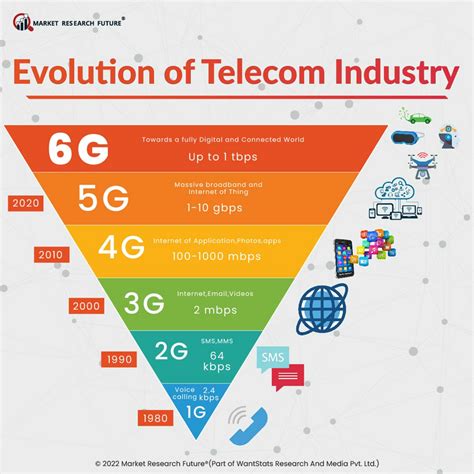
When it comes to the impact of 6G on various industries, the possibilities are vast and the potential is immense. With its ultra-fast speed, low-latency, and high capacity, 6G has the power to revolutionize the way industries operate. In the manufacturing sector, 6G can enable the implementation of smart factories, where machines and equipment are interconnected and can communicate with each other in real-time, leading to increased efficiency and productivity.
The healthcare industry can also benefit greatly from 6G, as it can support real-time remote surgeries and telemedicine, allowing doctors to perform operations and consultations from anywhere in the world. In the transportation sector, 6G can facilitate the development of autonomous vehicles and smart traffic management systems, leading to safer and more efficient transportation networks.
Furthermore, 6G can impact the entertainment industry by enabling immersive virtual and augmented reality experiences, as well as supporting the streaming of high-definition and 3D content seamlessly. With its potential to transform how industries operate, 6G is poised to bring about a new era of innovation and development across various sectors.

What is 6G technology?
6G technology refers to the next generation of wireless communications technology beyond 5G, expected to provide even faster and more reliable connectivity.
What are the key features of 6G?
Some key features of 6G technology may include terahertz frequency bands, holographic communications, and AI-integrated networks.
What are the potential applications of 6G?
Potential applications of 6G technology may include advanced augmented reality, virtual reality, remote robotics, and autonomous vehicles.
When is 6G technology expected to be available?
While 6G technology is still in the research and development phase, it is expected to become commercially available around 2030.
What are the challenges in developing 6G technology?
Challenges in developing 6G technology include the need for new infrastructure, spectrum regulations, cybersecurity concerns, and scalability of network capabilities.
How will 6G technology impact society?
6G technology has the potential to revolutionize various industries, improve efficiency, enable new forms of communication, and enhance overall connectivity for people around the world.
Where can I learn more about 6G technology?
You can learn more about 6G technology from research papers, industry conferences, and technology publications focused on future advancements in wireless communications.